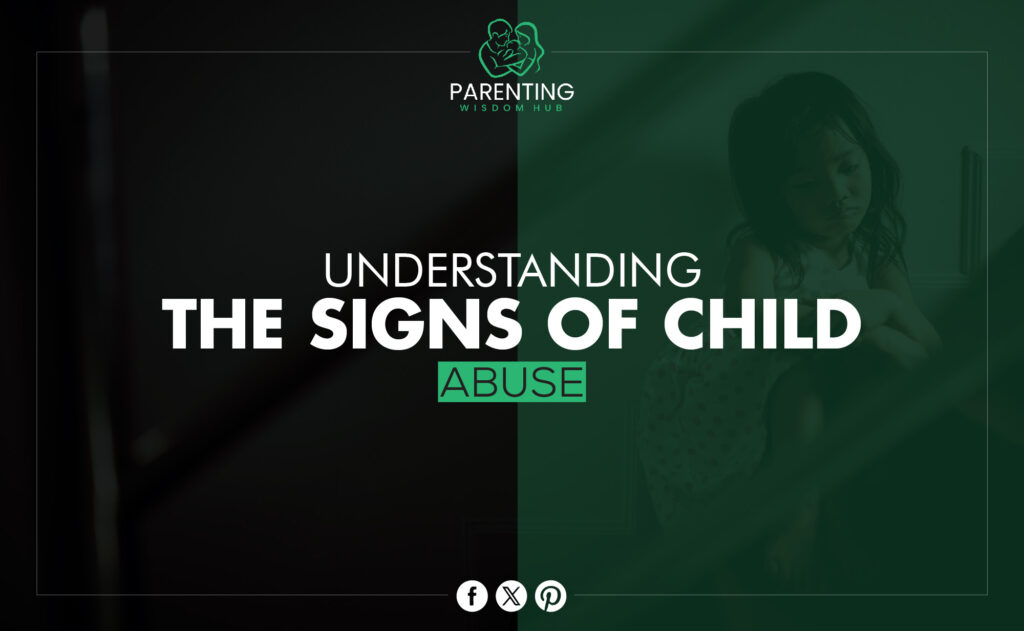Introduction
We see child abuse in our streets, schools, and sometimes even our homes. To keep at-risk children safe and healthy, parents, schools, and social workers must look for signs of child abuse. The signs of child abuse, what to do, and how to make a difference will be covered in this blog article.
Why Awareness of Child Abuse Signs Matters
Abuse of children is often easy to miss. Abusive children may be too terrified or confused to speak up, so adults must detect signs. Quick response may stop damage and cure individuals. If you know these signs, you can take the proper steps if you think a child’s safety is in danger.
Physical Signs of Child Abuse
Unexplained Injuries
Bruises, burns, and broken bones in different states of healing can be signs of physical abuse. Playing hurts kids, but recurrent or illogical injuries should alarm parents. Look for marks that look like items or injuries on places like the back or legs that you wouldn’t expect to see.
Frequent Absences from School
If a kid misses a lot of school, it could mean that they are trying to hide injuries or mistreatment. Chronic absences can make learning and making friends hard, which could signify more significant problems at home. Teachers should be alert and ask about students who miss a lot of school.
Wearing Inappropriate Clothing
When it’s hot outside, kids wearing long arms or pants might try to hide cuts and bruises. If someone wears clothes that don’t seem right for the season, it could mean that they are hiding physical abuse.
Emotional Signs of Child Abuse
Sudden Behavioral Changes
When kids are emotionally abused, they may act in very different ways. They might shut down, get too nervous, or show signs of sadness. If you notice a child’s behavior has changed, talk to them to determine their feelings.
Regression to Earlier Behaviors
Children who are abused may go back to bad habits they outgrew, like wetting the bed, sucking their thumbs, or being afraid of the dark. These regressions show that you are under a lot of stress and mental turmoil and need to talk about it.
Excessive Fear of Parents or Caregivers
If a kid is terrified of going home or being around certain people, they may be being abused. This fear can show up as hesitancy, holding to adults or teachers, or apprehension about being left alone with a specific person.
Behavioral Signs of Child Abuse
Aggression or Violence
A child who has been abused might act out violently toward other kids or animals. This behavior could be a way for them to show how angry and frustrated they are with their cruel surroundings. Keep an eye out for any quick rise in angry or aggressive behavior.
Poor Peer Relationships
Children who have been abused may find it hard to make good friends. They might spend a lot of time alone, fight with their friends, or not trust others. Kids who have been hurt or betrayed can find it hard to make new friends with good intentions.
Academic Decline
A drop in grades that you can see could be a red flag. Abuse at home can make it hard for a child to focus, finish their work, and keep up good grades. Teachers should pay attention to students whose grades drop all of a sudden.
Signs of Neglect
Malnutrition and Poor Hygiene
Neglected children may be unclean, hungry, or sick. If someone constantly has filthy clothing or is unclean, they may be ignored. The child’s health depends on addressing these indicators.
Lack of Supervision
Children who are left alone for extended amounts of time or in dangerous settings are probably being neglected. Proper adult guidance is essential for a child’s safety and growth. People in the neighborhood and neighbors should tell when kids are left alone or not looked for.
Inadequate Medical Care
Not giving needed medical, dental, or mental health care could also be a sign of neglect. If a kid is sick or hurt and not getting treatment, it could mean that their parents are not meeting their basic needs.
Reporting Child Abuse
Knowing When to Act
You should probably tell someone about your worries about child abuse just to be safe. Delaying action can make things worse. Remember that it’s not your job to prove abuse; your job is to tell the right people so they can look into it.
How to Report
To report potential abuse, call the police or child protection services in your area. Provide the child’s name, address, and any concerning indicators. Many locations allow anonymous reporting to safeguard the reporter’s anonymity.
What Happens After Reporting
After investigating the case and assessing the child’s situation, authorities will determine how to safeguard the child. Throughout this procedure, people may be questioned, visited at home, and worked with social workers and doctors.
The Role of Teachers in Identifying Abuse
Building Trust with Students
Teachers see their students every day, putting them in a great position to notice changes in how they act and look. Building trust with kids makes them more likely to discuss their problems and experiences.
Creating a Safe Environment
The school should be a safe place where kids feel cared for and appreciated. Making it clear that bullying is not okay and supporting open conversation can help students feel secure enough to report abuse.
Training and Education
Teachers need to keep learning how to spot and stop child abuse. Schools should give teachers the tools and training they need to deal with these kinds of complex problems well.
Parents as Protectors
Open Communication
Parents should encourage youngsters to communicate about their emotions and opinions without judgment. Regular checkups and a safe household make kids feel safe.
Educating on Boundaries
It is essential to teach kids about personal limits and their right to say “no.” Giving them information about their bodies and consent helps them spot lousy behavior and get help when needed.
Seeking Professional Help
Professional help from therapists or counselors can be beneficial for parents who think their child is being abused. Early help can stop long-lasting mental damage and speed up the healing process.
Social Workers as Advocates
Providing Support and Resources
Social professionals are crucial for abused children and their families. Social workers help people get better and stay stable by putting them in touch with tools like treatment, financial help, and legal help.
Conducting Home Visits
Social workers can ensure a child’s home is safe and caring by visiting it often. These visits enable them to assess and assist as required.
Advocacy and Awareness
Local social workers change laws and promote awareness of child abuse. Their work helps make the world a better place for all children.
Importance of Community Involvement
Building a Support Network
Communities need to work together to help children in danger. Neighbors, friends, and extended family can provide extra eyes and ears to keep a child safe.
Promoting Awareness Campaigns
Community members can learn how to spot and react to child abuse by taking part in training programs and efforts. Communities that know more about child protection can better keep kids safe.
Encouraging Reporting
Encouraging and supporting abuse reporting may make a tremendous impact. Community members should trust that their issues will be addressed.
Empowering Children
Teaching Self-Advocacy
Teaching youngsters to advocate for themselves and seek assistance is powerful. It would be best to teach your kids about people they can trust and safe places to go.
Building Confidence
Building a child’s self-esteem and confidence makes them feel more comfortable setting limits. Children who are sure of themselves are less likely to be abused.
Encouraging Peer Support
Encouragement to aid friends in need builds a caring community. Teaching understanding and kindness can make a big difference.
Final Thoughts on Recognizing Child Abuse
Everyone should see the warning signs of child abuse. Parents, teachers, social workers, and community members safeguard and care for children. Staying aware and watchful helps make our children’s surroundings safer.
Take urgent action if you suspect child abuse. Reporting concerns may save a child’s life and provide healing help.


